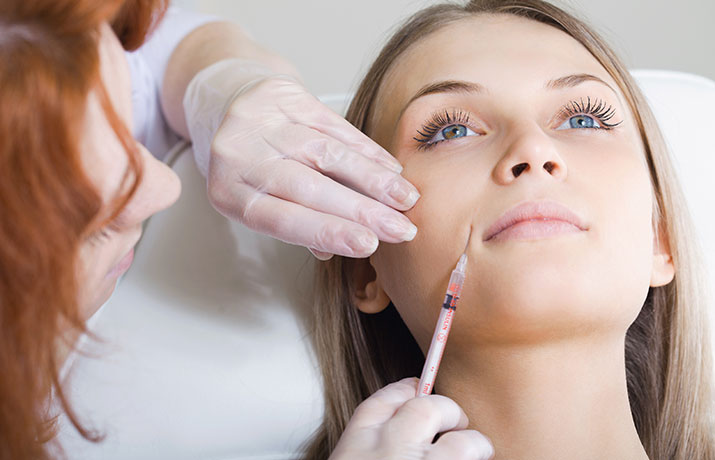Obstructive sleep apnea syndrome (OSAS) is the most common form of apnea. OSAS occurs when there are repeated episodes of blockage of the upper airway during sleep. Catholic University of the sacred heart, school of medicine in Rome, Italy aimed to evaluate non-evasive, non-surgical therapy for OSAS using a mandibular advancement device (MAD). The MAD would provide lower jaw protrusion, vertical opening, and greater air flow. 17 males and 4 females were selected for this study. If you think you might be suffering from obstructive sleep apnea, call Dr. Teruel at 480-945-3629 to set your consultation and visit Head Pain Institute at www.headpaininstitute.com.
Gasparini G, Azzuni C, Rinaldo FM, Cervelli D, Marianetti TM, Sferrazza A, Pelo S.
Abstract
BACKGROUND: Obstructive sleep apnea syndrome (OSAS) is defined as repeated episodes of obstruction of the upper airway and oxygen desaturation of the arterial hemoglobin. OSAS is associated with loud snoring, excessive daytime sleepiness, cardiovascular and neurocognitive disease, increase risk of road accidents.
AIM: The aim of this study is to evaluate non-surgical therapy for OSAS using a mandibular advancement device (MAD) that provides for lower jaw protrusion and for an adequate vertical opening, that allows for greater airflow.
MATERIALS AND METHODS: The device was assembled using the working principles of “Herbst-like” appliances and splints of neuromuscular deprogramming of the “Federici” type used for gnathologic treatments. We selected 17 males and 4 females, with an average age of 42 years, and an average BMI of 29. Eighteen patients were treated with our oral appliance, 1 patient was treated with the orthesis proposed by Schmidt-Nowara et al and 2 patients were treated with the oral appliance proposed by Johal and Battagel. All patients used the appliance for at least 6 months.
RESULTS: After treatment with the oral appliance, the posterior airway space increased (p = 0.0002); no statistically significant difference for the improvement degree of OSAS severity (p = 0.1085) was shown; an improvement was found in: AHI (p = 0.0028); Nadir O2 (p = 0.0035); TO2 < 90% (p = 0.0140); 2 patients presented with temporomandibular joint (TMJ) discomfort.
CONCLUSIONS: Our MAD has proved effective in improving the polysomnographic and radiographic parameters and assures good TMJ compliance.

